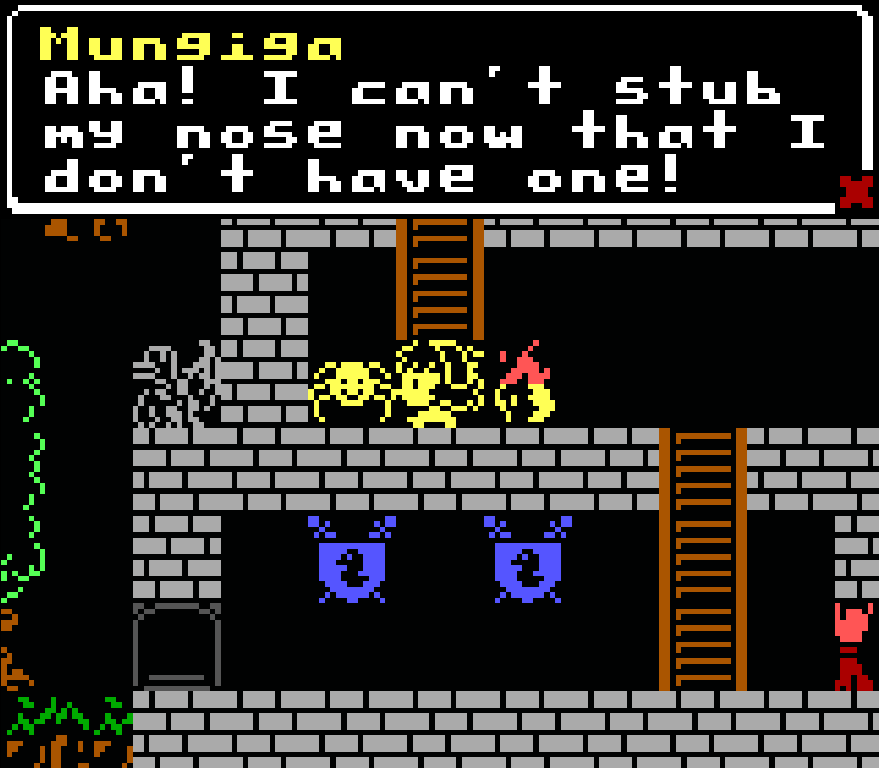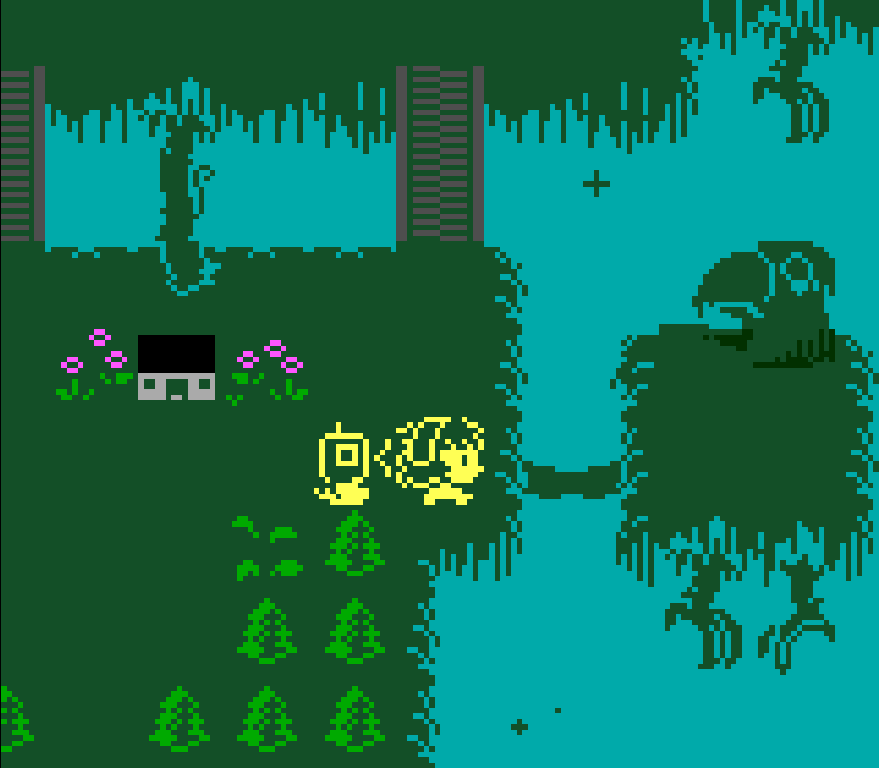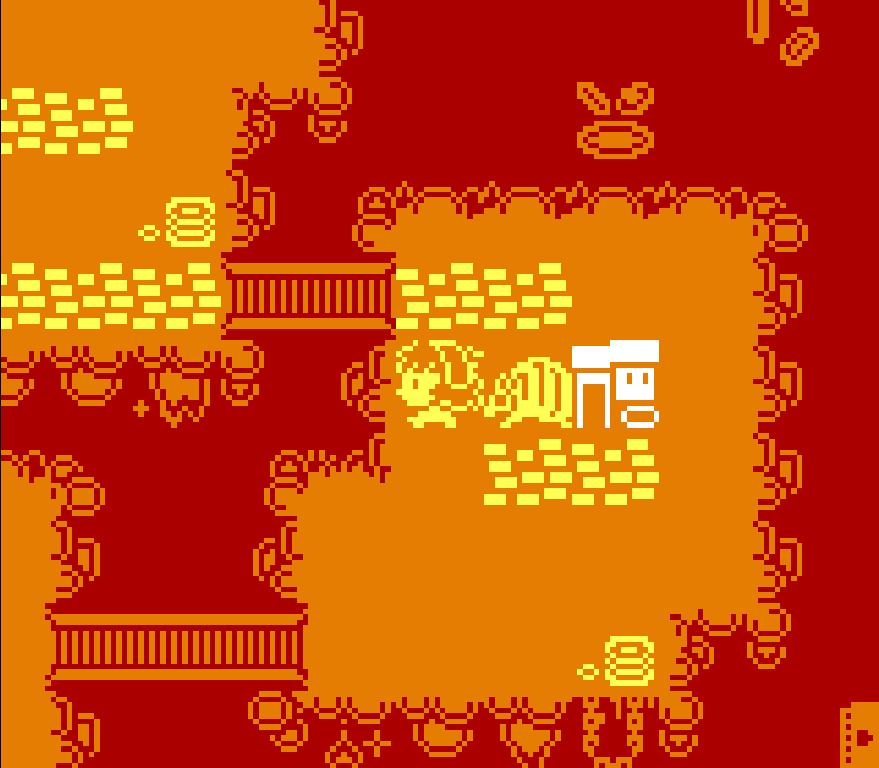Princess Remedy In a Heap of Trouble is a new prequel to the first game and once again it is up to Princess Remedy to literally fight off various bizarre illnesses with her healing powers. This time around, there are plenty of boss fights and Princess Remedy is able to date any healthy NPC in the game to replace or alter her flask-tossing special attack. Otherwise, this game largely remains true to the formula established by its predecessor with offbeat humor, quite a few secrets, a great aesthetic style, and a fairly short yet highly replayable duration.
The basic flow of progress through the game will feel immediately familiar to fans of the original. An enormous ‘Boss Tower’ has spontaneously sprouted out of the ground, lifting several villages into the sky and blocking them off. Players must go around curing NPC’s in exchange for hearts and seeking out chests for a few more hearts and passive upgrades; collecting enough hearts allows you to interact with an obstructive node to fight a boss and clear the way into the next area to repeat the process. This simplistic gameplay loop allows the game to keep up a healthy pace and a green checkmark appears next to a region’s name when you have found every heart so, while you may miss a few secrets and optional upgrades if you’re not careful, you always know the general location of any progress-granting hearts you may have overlooked.

The healing process of combat comes with a few new tricks this time around. Princess Remedy automatically shoots out a barrage of whatever her current healing instrument is and you must avoid shots from and collisions with enemies while ‘healing’ them away. You can also hold down a button to slow down your movement speed if you need to boost precision and in each fight you have a limited number of uses of Princess Remedy’s special ability, which by default is the classic flask toss, which can deal a high amount of damage to enemies and obstacles in a wide area. One subtle, though substantial, change to the combat formula is the replacement of health regeneration with a passive drain ability so that health can only be restored mid-combat by damaging enemies.
Dating is the most significant addition to the combat system. Princess Remedy can date any NPC in the game as long as they are not currently suffering from an illness. These ‘dates’ are the equivalent of adding the NPC to the party and your special attack will (usually) change to something else depending on which character you have with you. Many of these abilities are alternate versions of the default flask toss, such as a bigger, stronger flask which is tossed much more slowly or a ‘scatter’ ability which instantly drops every flask you have in a circle around Princess Remedy. Other abilities replace the flask entirely with temporary buffs, such as making your normal shots home or boosting Princess Remedy’s attack and movement speed for a few seconds. There are even a good number of entirely unique abilities, including a heal and a ‘Stopper’ skill which prevents enemies from moving, though they can still shoot. Most abilities are shared by two or three different NPC’s in the game too, so you don’t necessarily need to backtrack to a specific NPC to regain access to their power if you dumped or replaced them. Whether you choose to try out everything or decide to stick with a handful of your favorite skills, the customization granted by these abilities is a welcome addition to the combat formula.

Along with the dating system, the end-of-area boss fights are the other major addition to Princess Remedy In a Heap of Trouble. While I found the normal encounters to be easier than those of the first game, in large part due to an overall lower number of obstacles in most battles, the bosses pull absolutely no punches. Most bosses are massive, immobile, and have two distinct phases. Bosses are also more than happy to flood the screen with hard-hitting bullets and nearly every fight also forces you to deal with attacks from endlessly spawning minions. The designs for these bosses are outright fantastic and my favorite is definitely the giant locked heart gate, though the mobile mouth you need to fight alongside razorblade minions within a maze of teeth is a close second. These fights are where the new dating system also gets to shine since plenty of the fun comes from figuring out which abilities help the most in each fight. I do think that there is a slight balance issue here as the bosses really are significantly harder than nearly every normal fight in the game, but I would say this arises more from the latter being somewhat too easy this time around rather than the boss fights being too hard. Overall, these bosses look great while offering fun, memorable challenges.

Exploration and humor are just as important to the Princess Remedy formula as the combat and this game surpasses the original in both of these regards. Exploration in particular is significantly improved here in terms of discovery and aesthetics. Whereas most of the first game looked like a fairly generic fantasy setting, here every region has a specific theme and small, unique graphical touches are everywhere both in the towns and on the world map. My favorite area is the town of Misspelled Birds and the appropriately-named Avian Haven region where the NPC’s include a crow named Qroue and Rave the rather colorful raven. The various types of strange illnesses the characters suffer from didn’t have me laughing quite as much as those of the first game, but there are even more great visual gags this time around (ex: a whale who has trouble moving gains car tires) and NPC’s tend to have stronger personalities with most having several lines of dialogue and unique lines for when you fight bosses with them as your date. The increased focus on visual gags also extends itself to exploration. While the first game marked fake walls with an ‘X’, most of the secrets here are hidden by clever and often silly perspective puzzles where Princess Remedy must walk behind trees or casually pass through fire.

Princess Remedy In a Heap of Trouble is definitely a worthy addition to the series. It’s easier than the original outside of the boss fights and anyone who was expecting a longer experience to go along with the addition of a price tag may be a bit disappointed, but the boss fights, the various positive changes to the combat system, and the increased aesthetic polish are all enhancements which easily justify the small asking price.